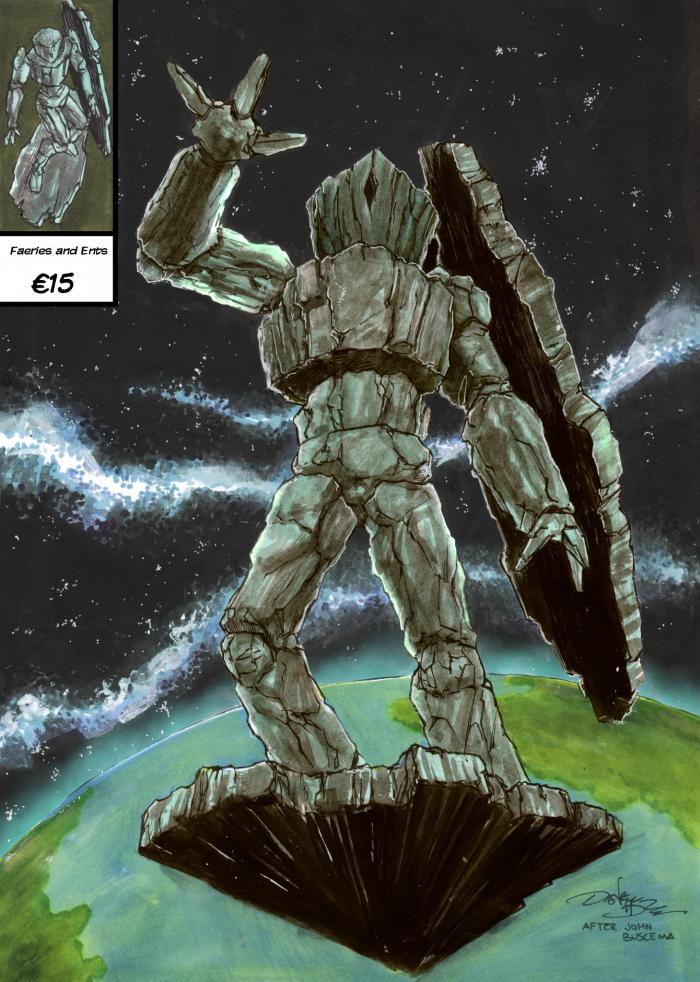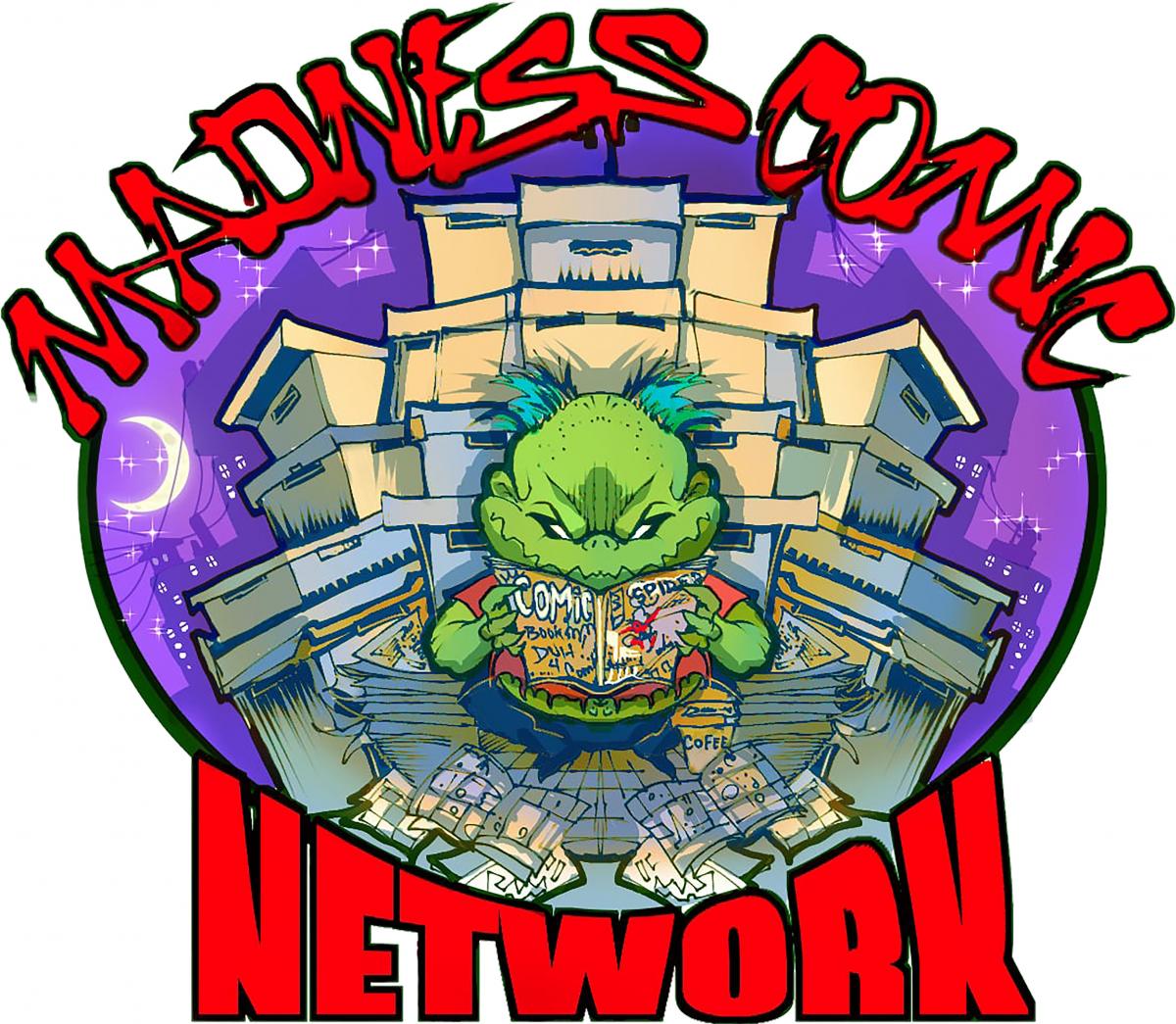Life on Cora: Oktaz Climbs
FTC Statement: Reviewers are frequently provided by the publisher/production company with a copy of the material being reviewed.The opinions published are solely those of the respective reviewers and may not reflect the opinions of CriticalBlast.com or its management.
As an Amazon Associate, we earn from qualifying purchases. (This is a legal requirement, as apparently some sites advertise for Amazon for free. Yes, that's sarcasm.)

The world of Cora is unlike a typical world. Instead of a sphere that orbits a sun, it is broken chunks of continents that float about a central power core that pulses with a blue light. It teems with many creatures, some of whom have not encountered each other due to the fractured state of the planet and the impassible gulfs of space between the fragments.
The series, thus far, has been a methodical process of world building, focusing on one race and how it engages with its environment before moving on to the next race, in the next issue. In this third installment of Life on Cora, "Oktaz Climbs," writer Martin Fisher and artist Mike Jimmy De Bruin introduce a race of rock creatures called the R'K'Hola who collectively make up a mountain. Their society is caste-like, with the higher ranking citizens existing higher up the mountain.
Oktaz is a gatherer of water, and lives at the lowest level of the mountain. It is a dangerous journey because, despite being made of rock, Oktaz is not impervious; there are predators out there dangerous to the R'K'Hola, namely the flying hydraki who can shatter a R'K'Hola and use the shards to build a nest. We learn this when Oktaz encounters such a creature in the course of his daily chore. Oktaz, not being a warrior, hides from the beast. But when his comrade, Storz, is attacked and injured by another hydraki, Oktaz must find the hero inside himself to save his friend.
World building is a tricky thing, and to do so through storytelling is far better than to give the readers a front-loaded "data dump" before they can read an adventure with the appropriate level of comprehension. This kind of data dump is not needed with Life on Cora, as the authors more correctly opt to let the story deliver the revelations as they come. However, much of the book is Okatz operating alone, which means the dialogue and narrative used to convey the aspects of this fragment of Cora are done through soliloquy, which gives it a bit of an "explanation heavy" tone to it. To its credit, this is done in small doses, so that the majority of the story is, in fact, story, not social science.
Life on Cora #3 is 36 pages and available in one of three covers. While it is not currently in comics stores in the United States, this third issue is available as a crowdfunded comic on Indiegogo, where you can also find previous chapters of the series.


